I told you that your press operator – if distracted for 12 minutes per shift – could potentially cost your business $14,400 over a year.
Here’s the problem with that simple analysis: screen printers are prone to burnout.
When employees are burned out, they don’t print as well. They lose their mojo, get into bad habits and stop engaging with their prints. This dissatisfaction often bleeds into their personal lives and leads to depression, drug abuse, and withdrawal from family and friends.
I’m lucky enough to consult with lots of print shops (and I travel to them frequently during my day job as a sales rep). The biggest hurdle I see at shop after shop is staff burnout.
When an employee is burned out, it hurts your print shop. From the bottom line to overall morale, your entire business is harmed. Luckily, there are ways to prevent burnout.
The six components of burnout
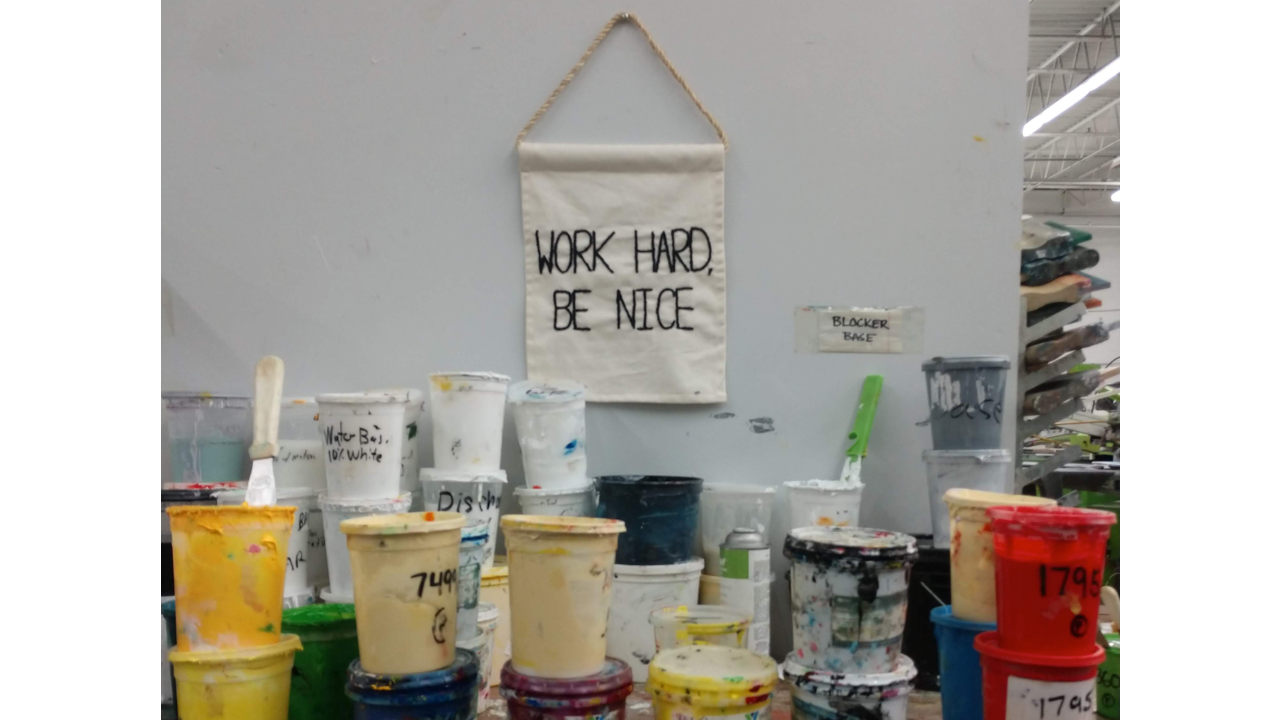
Burnout is characterized by a chronic lack of engagement. In The Truth About Burnout, the authors point out several areas where burnout begins:
- Poor community. If the team doesn’t get along, it’s a drag.
- Stressful workload. When there’s just too much to do, work becomes a burden.
- Clashing values. If you don’t believe the same things, you don’t work the same way.
- No autonomy or control. People with no say in what they do are miserable.
- Poor rewards or pay. Raises and decent compensation are truly meaningful.
- Unfair treatment. A sense of justice needs to prevail.
When any of these areas become a persistent problem, your shop is creating a culture that encourages burnout. As mentioned above, that means your employees aren’t just unhappy at work – burnout almost always bleeds into private life, too. Workers that burnout have higher rates of depression, fewer ties to their community, experience mood swings and anger problems, and are highly vulnerable to drug and alcohol abuse.
The number of times I’ve heard someone say, “That employee was great for the first year, but they’re just not as good as they used to be” is astonishing.
Maybe the worker’s energy has noticeably declined. They’re disconnected from the shop’s culture. They keep their head down, and mostly do their work, but they’re not improving or really enjoying what they’re doing. They clock in, clock out, and that’s about it. Maybe the job just isn’t what they hoped it would be. They’re bored. They don’t feel like there’s a reason to really engage.
That is not someone I want to work with. It’s not a problem I want to cause. Even more importantly, it’s not someone that prints beautiful work.
Why do screen printers burnout?
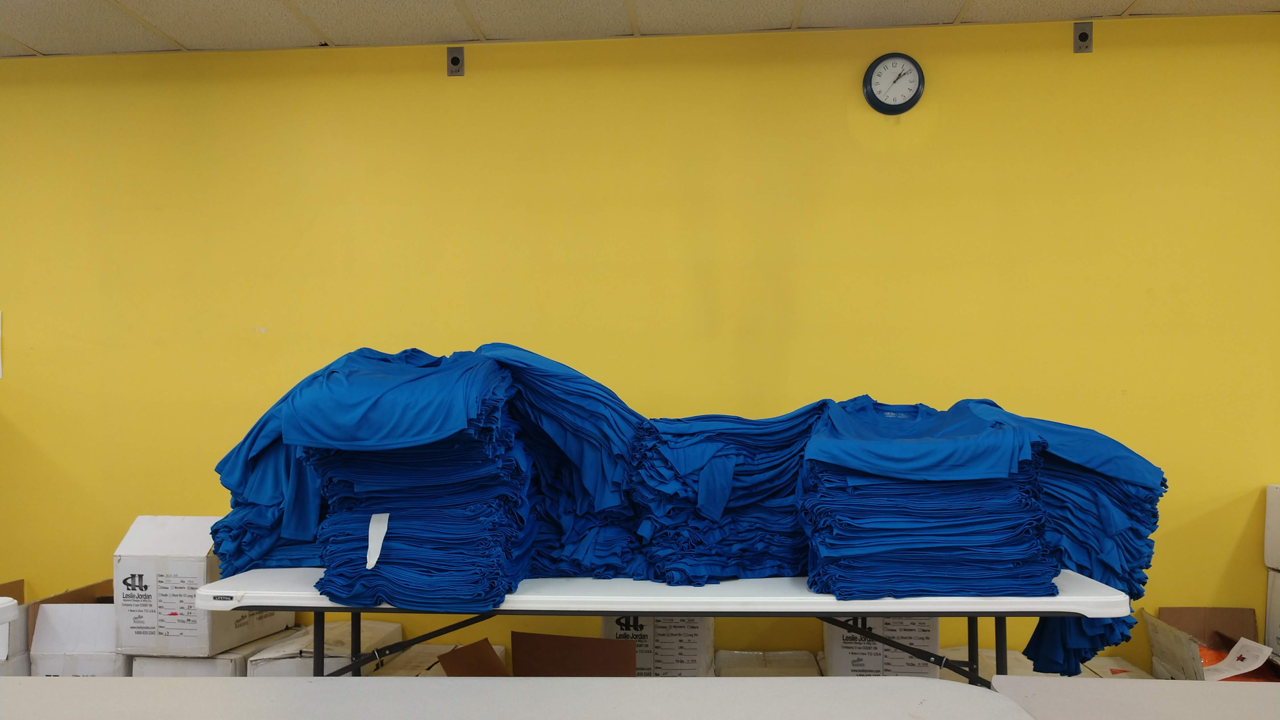
Think about the requirements placed on a screen printing press operator. They’re required to run their press at a minimum of 400 to 500 pieces an hour.
That’s a lot of repetition in one hour. A lot of motion. A lot of tracking shirts, ink, and quality – with very little visual or mental variance. It is both incredibly detail-oriented and mind-numbingly repetitive – that is tough!
There are parts of screen printing that are incredibly engaging. But the reality is that there are parts that are just boring – and a press operator deals with that challenge every day.
If a press operator doesn’t have a natural knack for physical work and an ability to handle the pace of production, they will burn out. Luckily, there are ways you can keep your press operator engaged with their work.
The job of management: Engagement
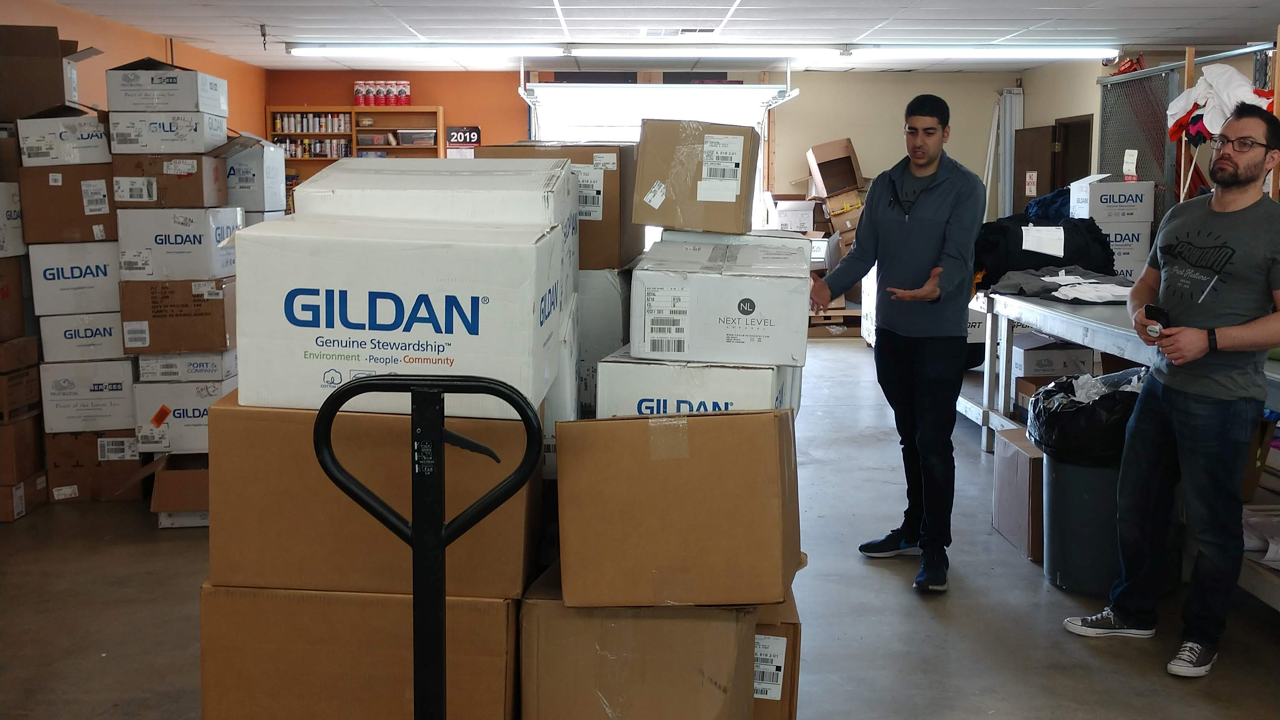
So you know your employees are prone to burnout because of the nature of the work. You can’t change that – the pace and quality of work required won’t change.
Every department in your print business has daunting tasks. Your job is to nurture, support, collaborate, and hold to account. The way to avoid burnout is to make the worst tasks just one part of the overall picture. Create a way for your employees to engage with their working life on a deeper level.
Maybe your press operator needs to keep going at 600 per hour, but there’s a team meeting in the morning, a nice lunch at noon, and a congratulatory beer with the boss at the end of the day. There’s more than just standing at the press to live for.
Treat your people like humans first and foremost. Remember that their time at work is just one part of their life. You’ll begin to develop ways to make a difficult process into “just part of the job,” flanked by enjoyable and engaging activities and appreciation for their efforts.
8 effective strategies to stop burnout before it starts
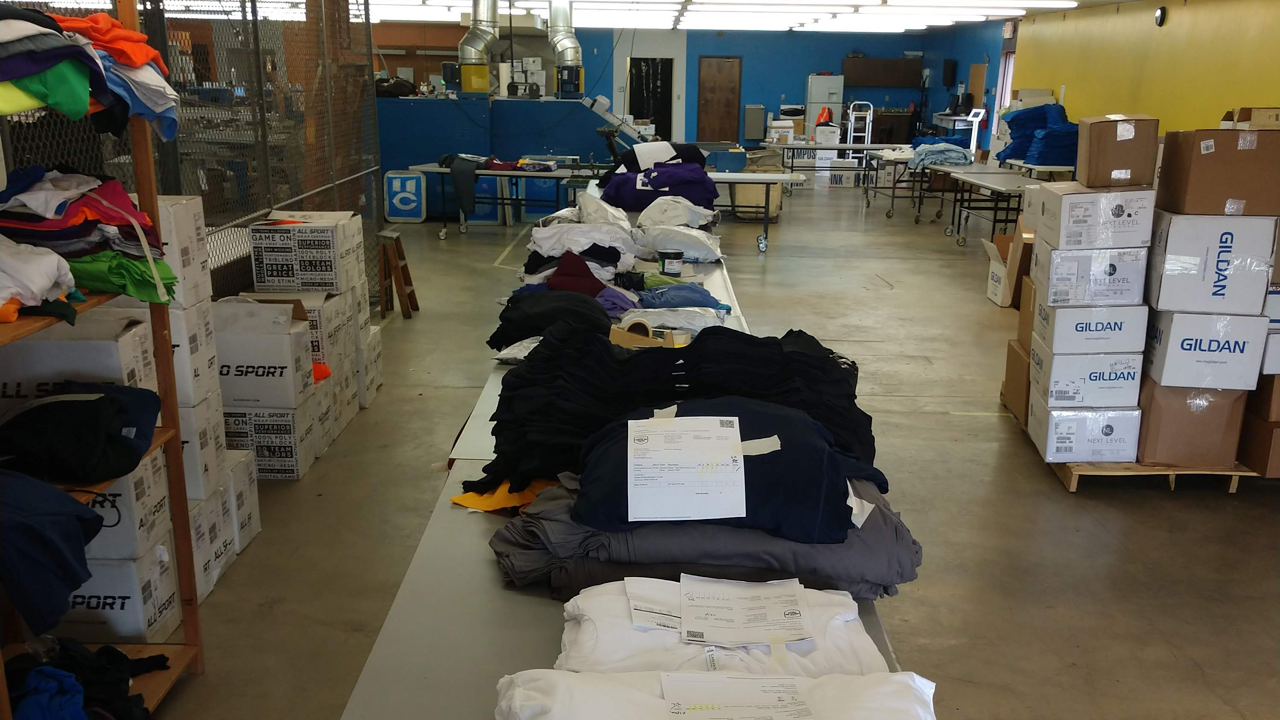
Leveling out the workload, delegating tasks clearly and effectively, and even cross-training are all options to keep your employees engaged. But here’s the 7 ways I’ve seen shops really handle burnout in a proactive and thoughtful way.
Strategy #1: Team building strategies and exercises
If you groan at the thought of trying to pep up your team with some silly games, you’re probably the exact person that needs to give them a shot.
There’s a lot of engaging ways to learn about your team, see how they solve problems, and get them to collaborate in ways they usually wouldn’t.
Some examples:
- Building challenges. Have them do the classic egg drop experiment, build the tallest tower with spaghetti that can support a marshmallow, or paint a mural.
- Sporting events. Join a softball league, bowling league, or running club.
- Video games. Link up and play an online game (if that’s your thing).
- Show-and-tell. This is a simple and remarkably personal way to learn about each other.
- Service and volunteering. If your employees are passionate about an issue, let them donate their time to fundraising, volunteering, or contributing.
There’s a lot of writing about team-building exercises. There are even consulting firms that specialize in curating events and activities to foster a better work culture.
Why would large corporations all the way down to small businesses do these exercises? It’s because they are effective ways to break up the daily grind and get your team to see each other in a new light. This carries into the work and generates a stronger bond between your employees.
You can make your shop whatever you want, so be creative. Don’t be afraid to pick exercises that seem outside of the norm – do something that’s true to you!
Strategy #2: Sustain a culture of accountability
A culture of accountability is crucial to long-term success.
Here’s how this works: standard operating procedures generate a long paper trail of progress over time. Burnout and fatigue have set in when you start to see processes breaking down, quality diminishing, errors increasing, and a general turn for the worse.
Without that data to rely on, you may only find out about burnout when it’s too late. When you see the tell-tale signs that someone is starting to feel burnout, schedule a one-on-one meeting and starting making a plan to help them get engaged and feel better about their work.
Strategy #3: Make time to communicate openly
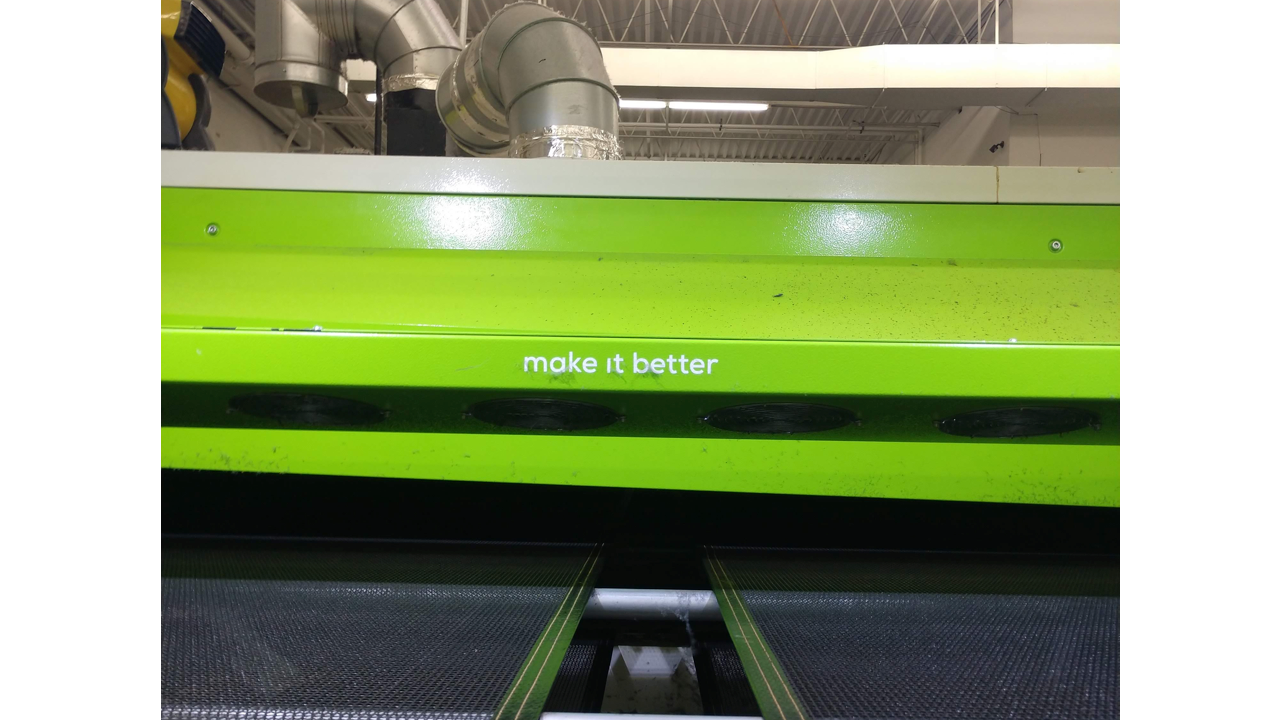
Regular, brief, substantial one-on-one meetings are invaluable.
You are hurting your business if you’re not regularly making time to have open communication with each and every employee in your shop.
You should spend at least 10 minutes a month with every employee. Yes, even the awesome-but-smelly guy that’s cleaning your squeegees.
Even if you’re running a big shop with 70 employees, that’s less than 12 hours a month. You may think that time could be spent better somewhere else – but think about your bottom line: you pay most of your revenue in wages, right? Nurture your investment.
Learn what makes them tick. Learn what they like and are thinking about. Learn what inspires them, or what turns them off. What you’re really doing is listening carefully and educating yourself about how to lead them and keep them engaged.
Strategy #4: Weekly team meetings and huddles
Rowboat Creative has a great habit. Every Monday morning they have an all-hands meeting.
They don’t immediately dive into the challenges of the week. Instead, they let one team member do whatever they want. This leads to all sorts of fascinating activities, stories, and games.
From there, you can break the ice and move on to the pressing issues at hand:
- The nuts-and-bolts of the week’s job and why it’s exciting
- Discussing what hasn’t worked recently and how you’re going to help resolve it
- Explaining what the big goals and objectives for the week are
- Talking about any events, deadlines, or new clients
- Demonstrating your positive outlook and leadership
Think of this like your halftime huddle. It’s your time to connect with your staff and inspire the team to be part of something bigger.
Strategy #5: Learn something new together
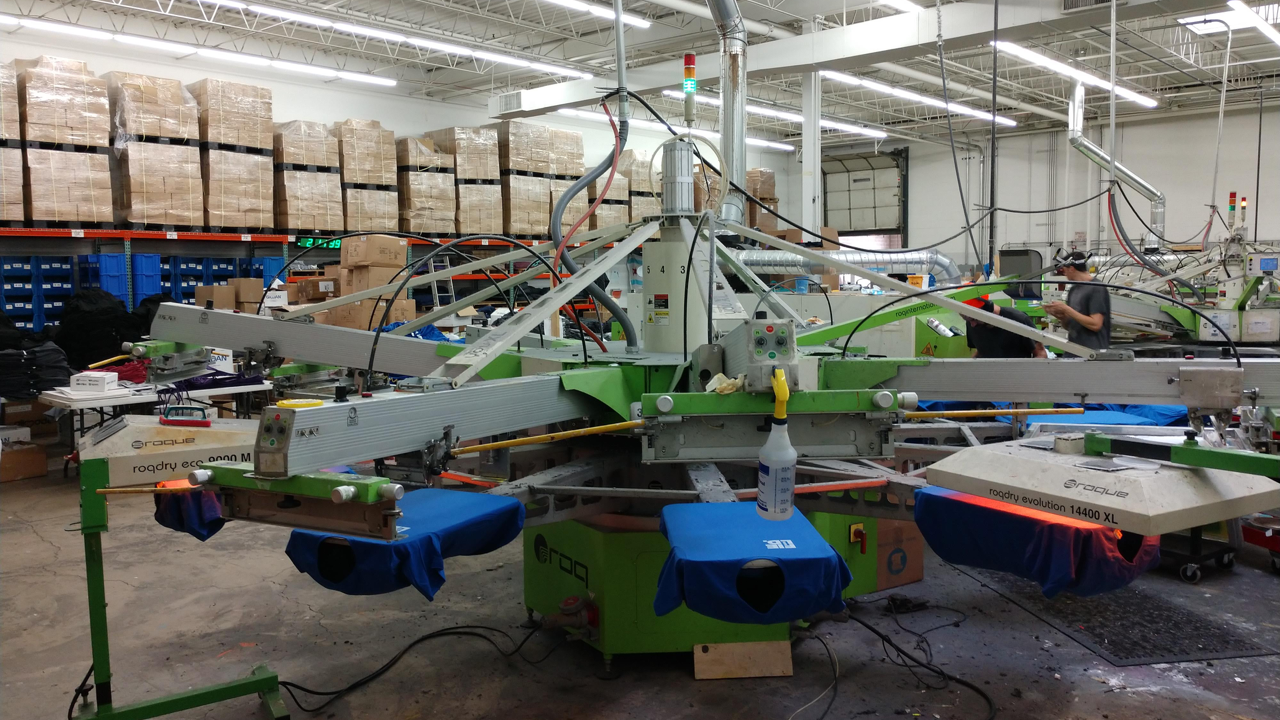
Take the initiative to expand your shop’s techniques and abilities together.
Maybe you’ve never printed discharge ink, or are just starting out with water-based inks. Work with a supplier or consultant to get a representative out to your shop! They’ll give you the tools and information you need to get started.
Together, test a new product with your team. Try a new printing process. Implement a new procedure.
Extract them from the standard repetitive zone they’re used to! Get their brains going: different printing techniques, decoration methods, ink sets, and new tech can spark interest, joy, and break up the monotonous day-to-day printing grind. You’ll find that your staff loves printing again!
Strategy #6: Attend seminars, go to trade shows, and consider a consultant

I have to work the trade show circuit frequently. I totally understand burnout! Hah – but seriously, the best part of trade shows is witnessing something totally new and meeting all of the people I don’t know yet.
Witnessing an “Aha!” moment is never tiring.
Seriously consider taking your crew to the next show in your area. You don’t have to trek to ISS Long Beach (though that is an awesome trip to make). There are trade shows and great conferences across the country, each with great vendors, demos and displays that will totally blow you away.
Getting your team to build their network, connect with other printers, and see that the industry is much bigger than your shop will spark joy and inspire them to think big.
Strategy #7: Performance reviews
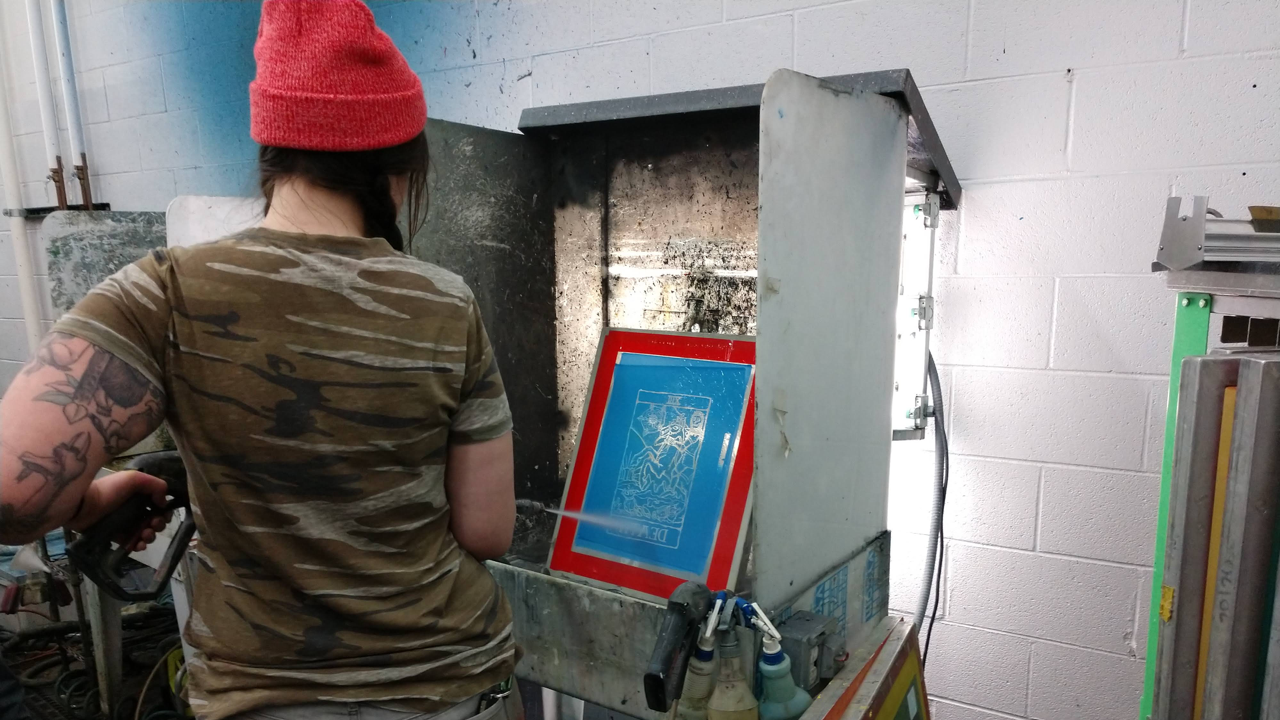
Complacency is a deal-breaker. I’ve talked to press operators that tell me, “I’ve worked my butt off for years, but they didn’t give me any promotions or special treatment.” A new production manager then has to deal with a press operator that thinks they’re the enemy.
This is something you easily notice when you’re regularly doing one-on-one meetings, collaborating as a team, and genuinely enjoying each others company. If the same press operator had been involved in candid discussions about their failures and successes, they may have been in a better position to really rise to the role of production manager.
But when there’s no communication, no performance reviews, and no feedback – that press operator has a good point. They haven’t been given a chance to really improve in the way that the business needed. It’s no surprise they would feel slighted!
Strategy #8: Automate what you can
Automation is controversial.
View this post on Instagram
Some owners love it. Others worry about what happens when they lay off the person that’s been with them for ten years.
I tell them: you have to think about your ability to sustain employment rather than sustaining a single employee.
It seems heartless. But you will achieve better employment for everyone in your shop when you automate.
Shops that focus on automation usually employ fewer people, but pay them better – and the tasks those people perform are often more enjoyable and interesting screen printing tasks.
A great example: the “digital darkroom.” I see shops that are coating, imaging, exposing, and reclaiming 200+ screens a day! That simply wouldn’t have been possible before automated screen burning and reclaiming processes.
What was once a department with several people that had to perform tedious and repetitive tasks has been reduced to a smaller department where the workers perform far more meaningful screen room tasks.
This is what I mean when I say that automation sustains employment: a digital dark room encourages employees to be well-rounded and to hone their screen printing knowledge. The biggest benefit besides improved productivity is that it gives the workers a clearer sense of purpose and a larger scope of the importance of their work.
Conclusion: burnout is serious. But it is NOT inevitable!
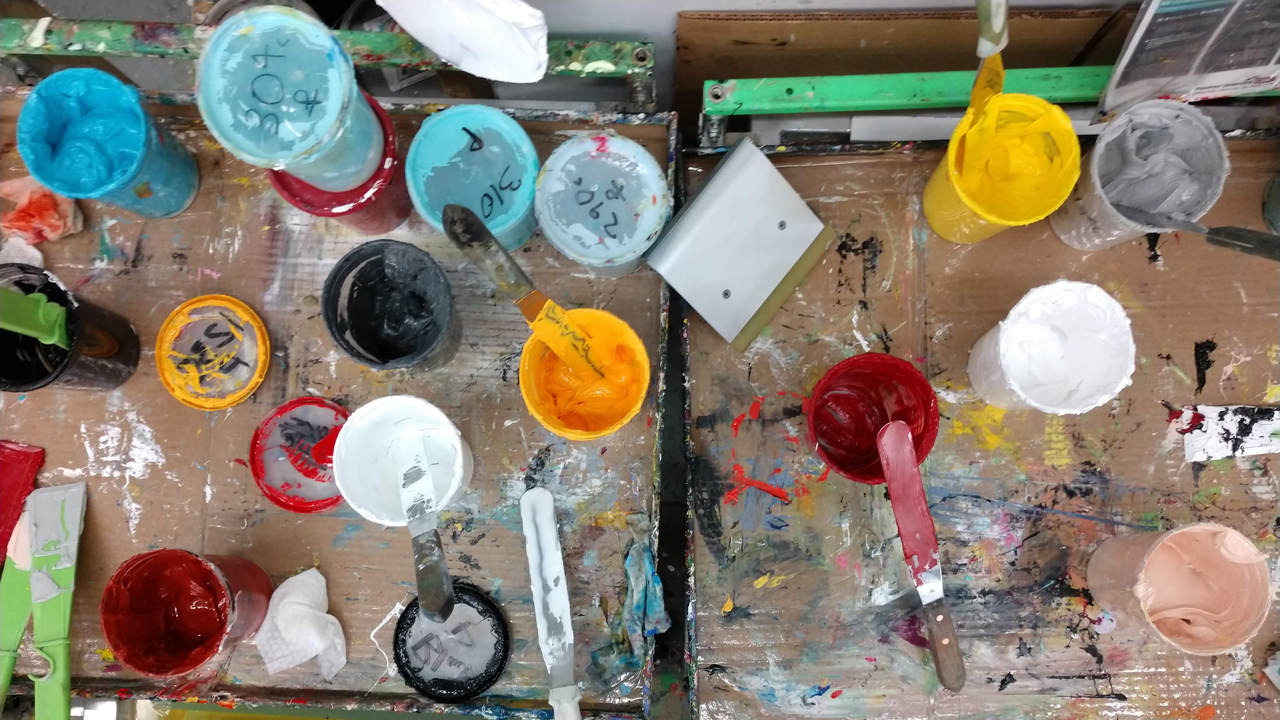
The key takeaways here:
- Burnout is real. It’s common, and very harmful to your business and your employees.
- Burnout can be prevented. Fixing burnout is not easy.
- Screen printing and apparel decoration is a repetitive and challenging job. Your employees are more prone to burnout than in many other industries.
- Burnout and high turnover are not acceptable or “inevitable.” Support your workers and your business.
- Communication and socialization are how to prevent burnout. You cannot control what happens outside of work, but you can create a powerful and positive environment that supports your workers and gives them a way to discuss their problems.
The long-term health and success of your business relies on a healthy, productive, and engaged workforce.
If you’re running through press operators and burning out multiple workers across different departments, you’ve got a big problem.
If one particular role seems to have higher turnover than the others, start investigating why that is. You can always revise and improve your processes, workflow, and workload distribution.
Ultimately, the cost to your business to lose an employee (and then have to hire and train a new one) is too high to take burnout for granted. Start creating that open culture of communication and collaboration today to prevent burnout tomorrow!
I’ll leave you with this thought:
Burnout is like a rubber band. You can stretch it over and over, but eventually it snaps. You can’t fix an employee that’s burned out – just like you can’t fix a rubber band that’s broken.
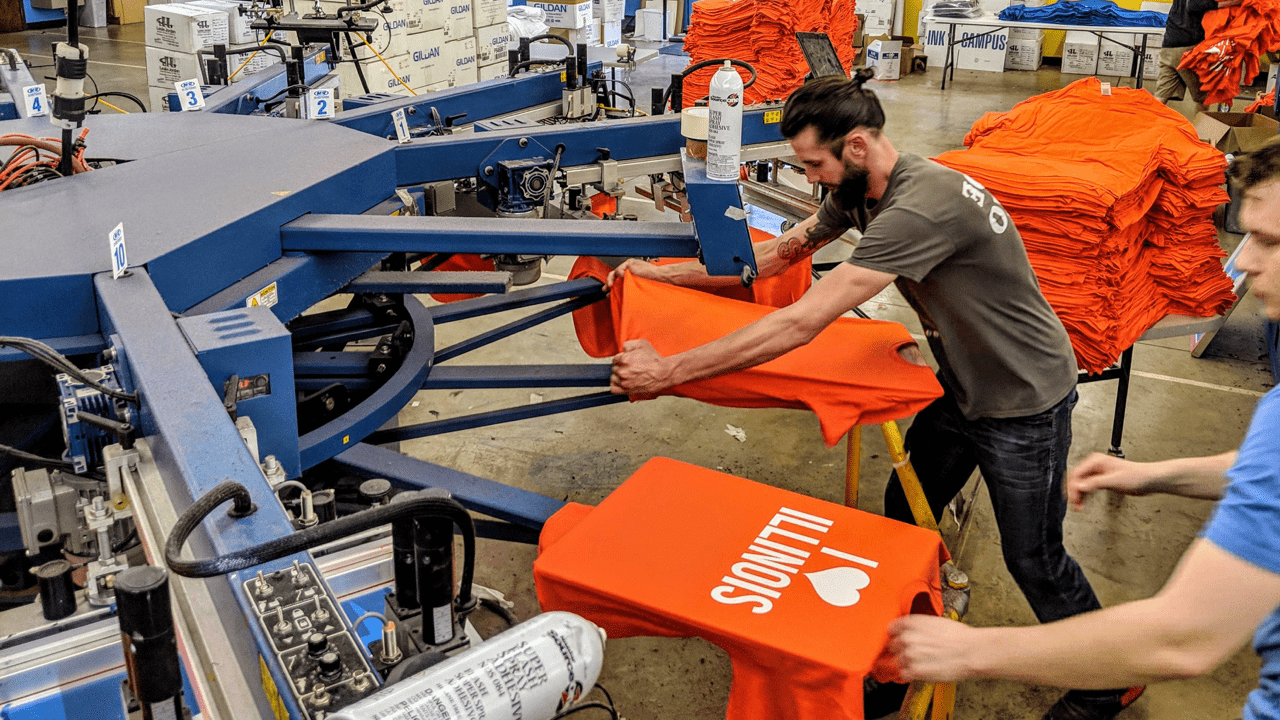

0 Comments